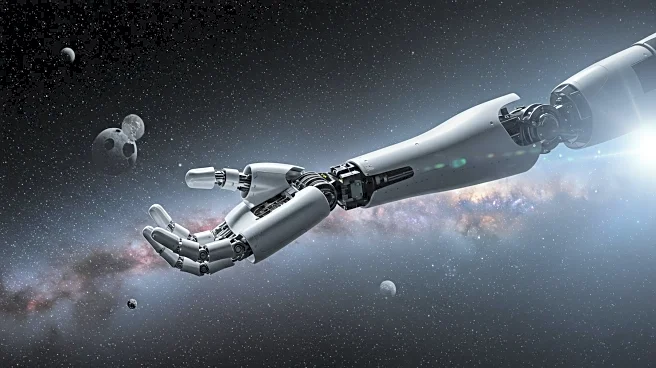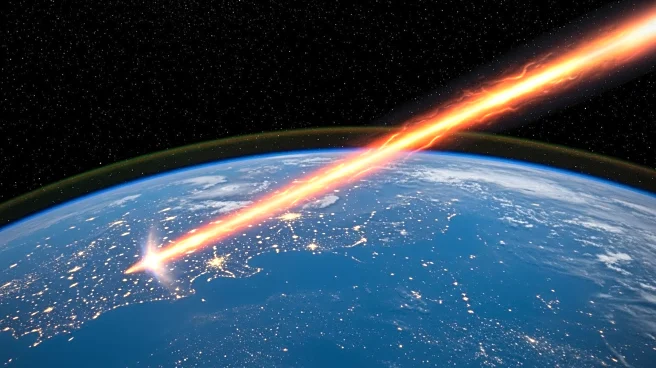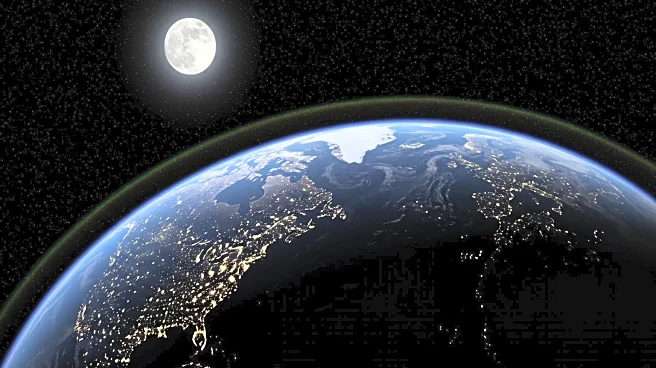Rapid Read • 6 min read
NASA's International Space Station has captured images of a striking white formation atop the Emi Koussi stratovolcano in northern Chad, within the Sahara Desert. Initially thought to be snow, these formations are actually salt deposits from an ancient lake that once filled the volcanic crater. This discovery highlights significant climatic changes in the region, which was once characterized by regular rainfall and lush vegetation, known as the 'Green Sahara' period. The findings are part of ongoing efforts to use advanced space technology to uncover Earth's geological history, providing insights into past climate variability.
AD
The discovery of ancient salt deposits in the Sahara Desert offers crucial insights into historical climate patterns, challenging the perception of deserts as static environments. Understanding these long-term climate cycles is vital for contemporary environmental research, as it provides context for current climate change discussions. The findings could influence future climate modeling efforts, helping scientists predict potential shifts in global weather patterns. This research underscores the importance of space-based observation systems in expanding our knowledge of Earth's geological and atmospheric processes.
AD
More Stories You Might Enjoy










